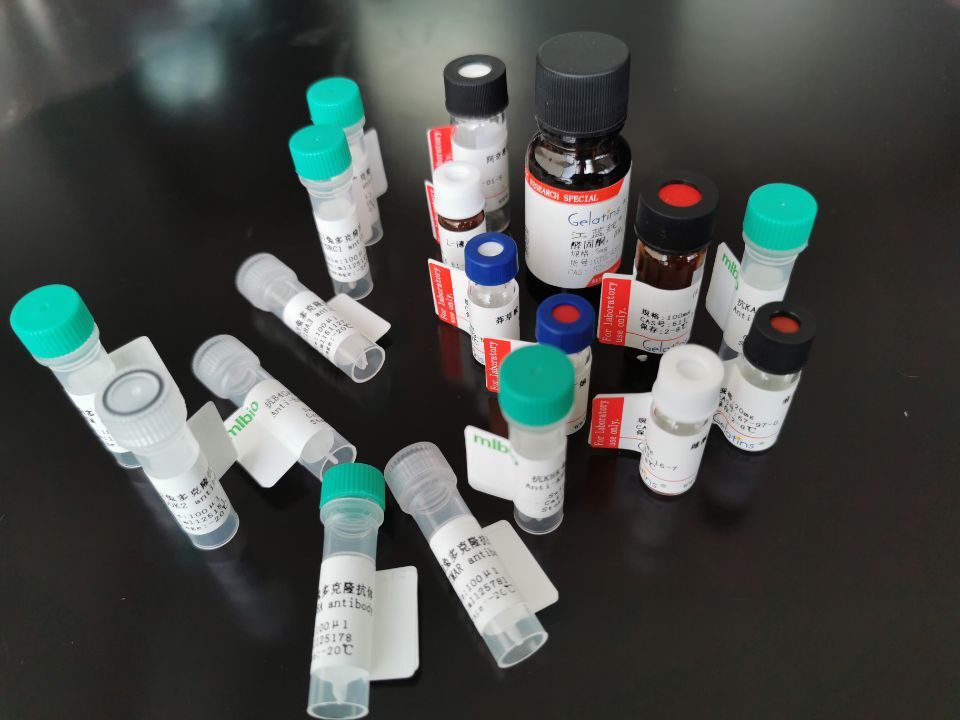中文名稱:RPS27A抗原(重組蛋白)
英文名稱: RPS27A Antigen (Recombinant Protein)
別 名: UBC; S27A; CEP80; UBA80; HEL112; UBCEP1; UBCEP80
儲(chǔ) 存: 冷凍(-20℃)
相關(guān)類別: 抗原
概 述:
|
Fusion protein corresponding to a region derived from 16-156 amino acids of human RPS27A |
|
Full name: |
ribosomal protein S27a |
|
Synonyms: |
UBC; S27A; CEP80; UBA80; HEL112; UBCEP1; UBCEP80 |
|
Swissprot: |
P62979 |
|
Gene Accession: |
BC001392 |
|
Purity: |
>85%, as determined by Coomassie blue stained SDS-PAGE |
|
Expression system: |
Escherichia coli |
|
Tags: |
His tag C-Terminus, GST tag N-Terminus |
|
Background: |
Ubiquitin, a highly conserved protein that has a major role in targeting cellular proteins for degradation by the 26S proteosome, is synthesized as a precursor protein consisting of either polyubiquitin chains or a single ubiquitin fused to an unrelated protein. This gene encodes a fusion protein consisting of ubiquitin at the N terminus and ribosomal protein S27a at the C terminus. When expressed in yeast, the protein is post-translationally processed, generating free ubiquitin monomer and ribosomal protein S27a. Ribosomal protein S27a is a component of the 40S subunit of the ribosome and belongs to the S27AE family of ribosomal proteins. It contains C4-type zinc finger domains and is located in the cytoplasm. Pseudogenes derived from this gene are present in the genome. As with ribosomal protein S27a, ribosomal protein L40 is also synthesized as a fusion protein with ubiquitin; similarly, ribosomal protein S30 is synthesized as a fusion protein with the ubiquitin-like protein fubi. Multiple alternatively spliced transcript variants that encode the same proteins have been identified. |
 購(gòu)物車
購(gòu)物車 幫助
幫助
 021-54845833/15800441009
021-54845833/15800441009
